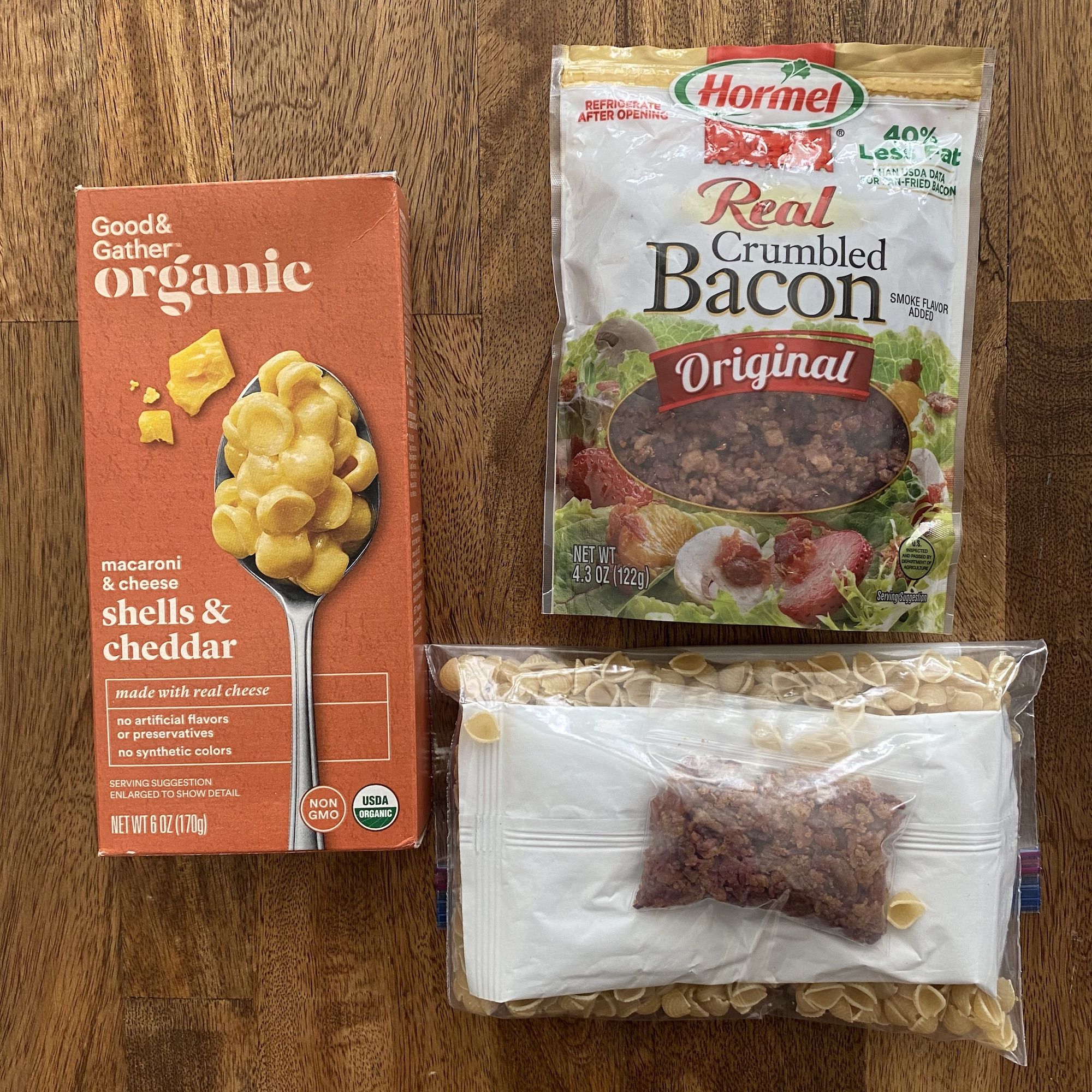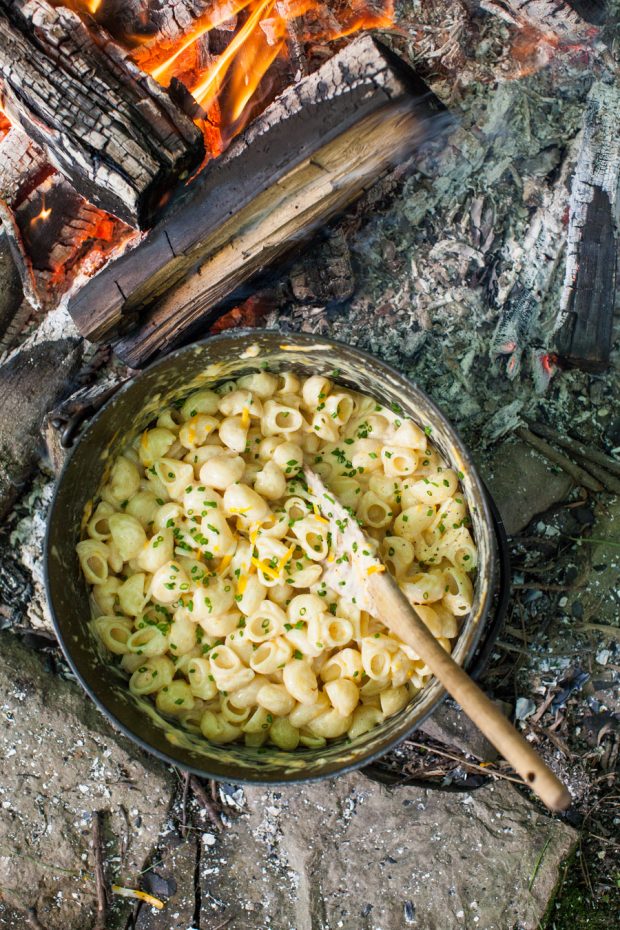

Next, it’s time to consider how to season your base.

Couscous: One of my favorite ways to start a backpacking meal.Ideally, your carbohydrate will be over 100 calories per oz and rehydrate without the need to boil water for more than a minute (saving fuel).

Choose one that isn’t fussy (this isn’t the time for wild rice), and that packs light. The Basics of Homemade Backpacking Meals The Base By combining cups of boiling water with ingredients that you can buy at the local grocery store you can create a real meal in the backcountry that has as many calories as you want.

It’s time to take a leap into the unknown and start making your own backpacking meals. Not to be hungry or spend precious time cooking. You came out here to hike, to lose yourself (or find yourself) in the natural world. And when you finally remembered to check, there were only 600 calories in there anyway and you had to break into the next day’s trail mix. In disappointment-too much water was added, the noodles were mushy, the flavor lackluster. Go ahead.īut you know how the story ends. (It might be good! And it’s only $8!) You deserve a treat after hiking 15 miles to that mountain lake. “Oh, pasta primavera, I haven’t had that one yet!”Īfter all, you’re only buying it for that first backpacking trip of the season. You know homemade backpacking meals are better, hands down. You tell yourself you don’t need them, that, this time, you’ll walk right on by with your new dry sack and that inflatable pillow you had your eye on, and you won’t give in. The one between the fuel canisters and the camp chairs.


 0 kommentar(er)
0 kommentar(er)
